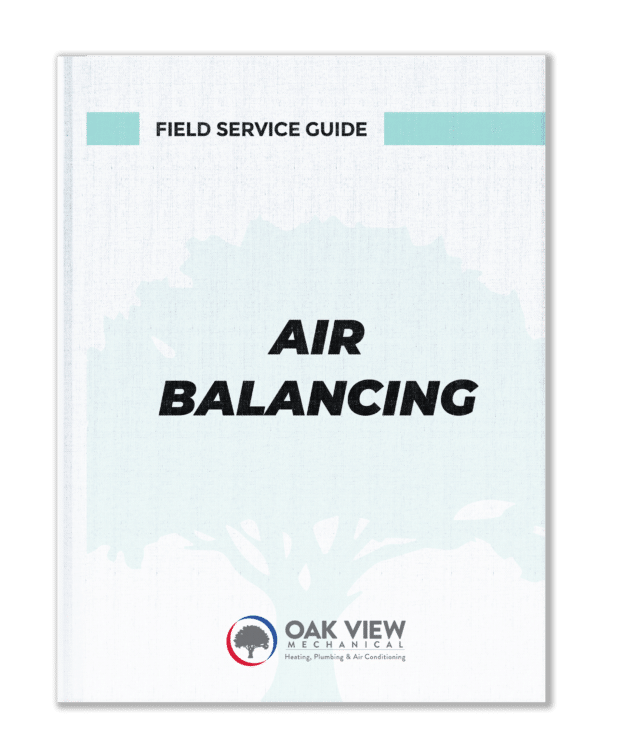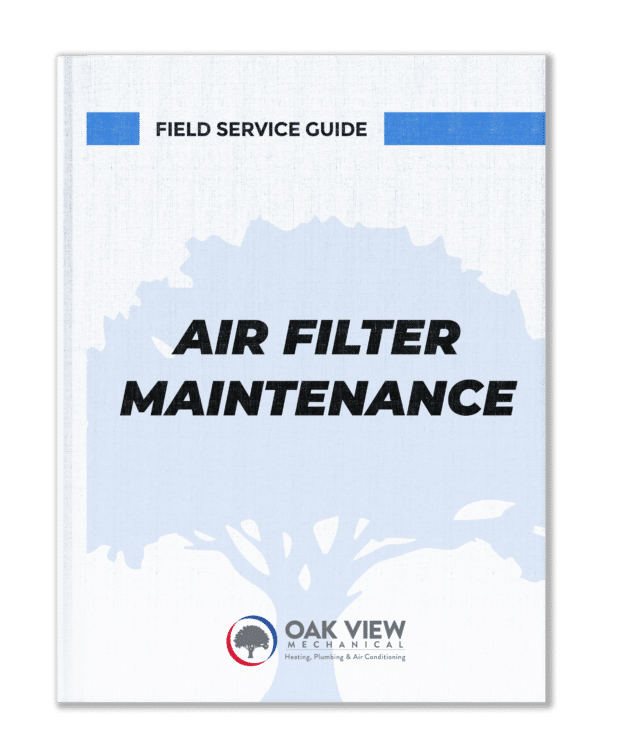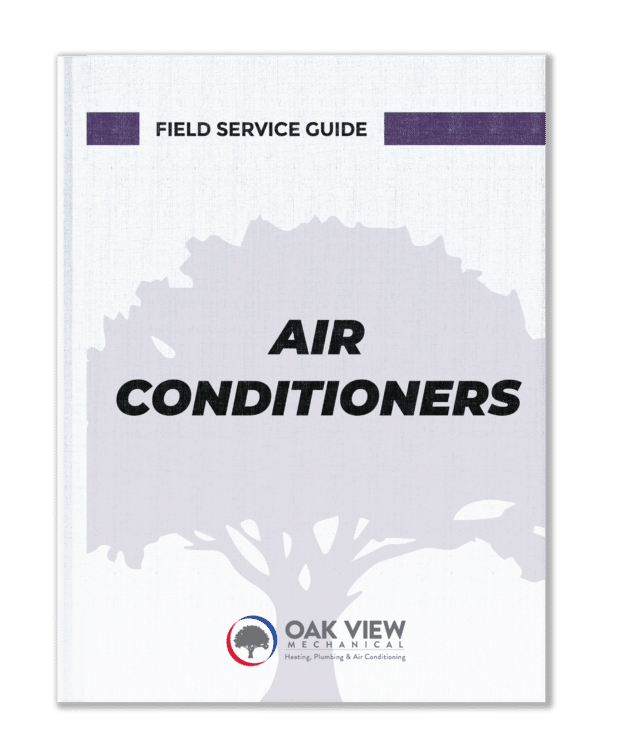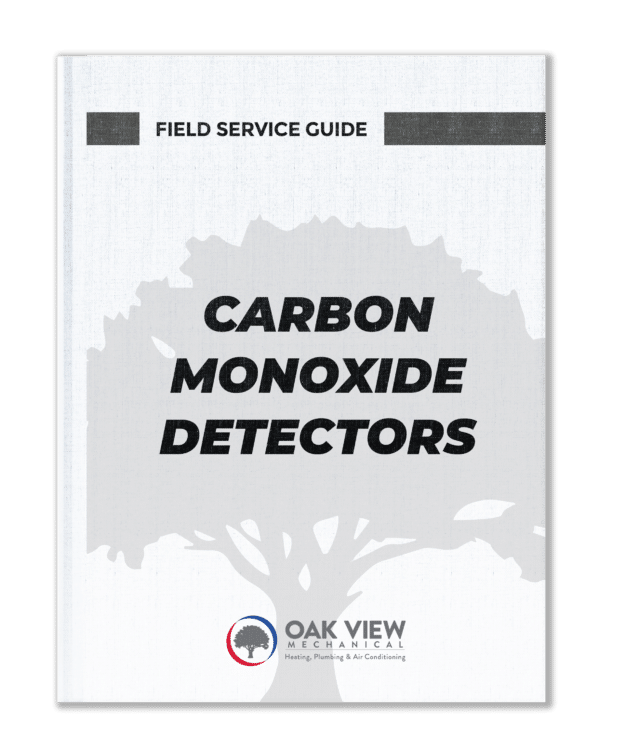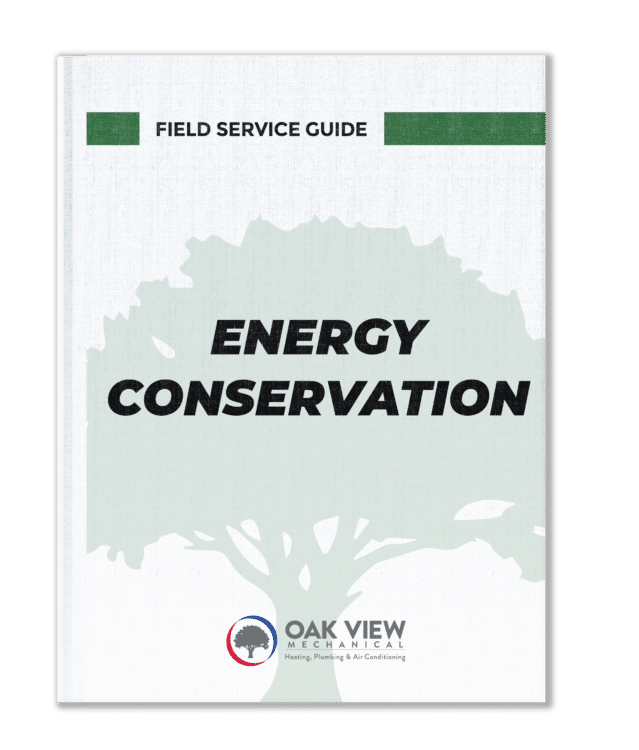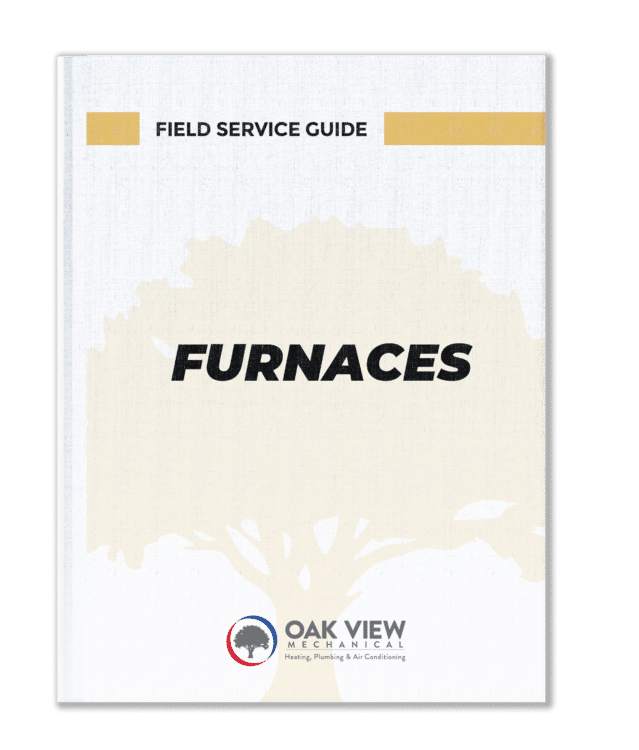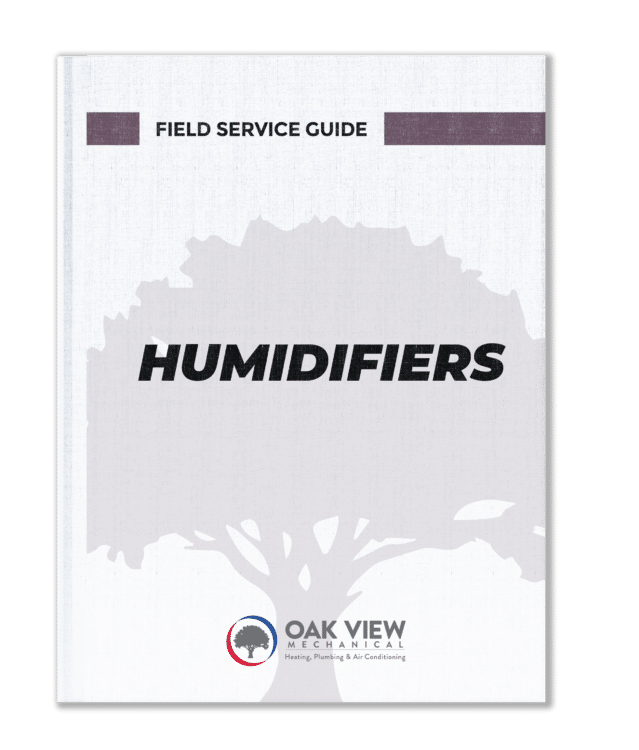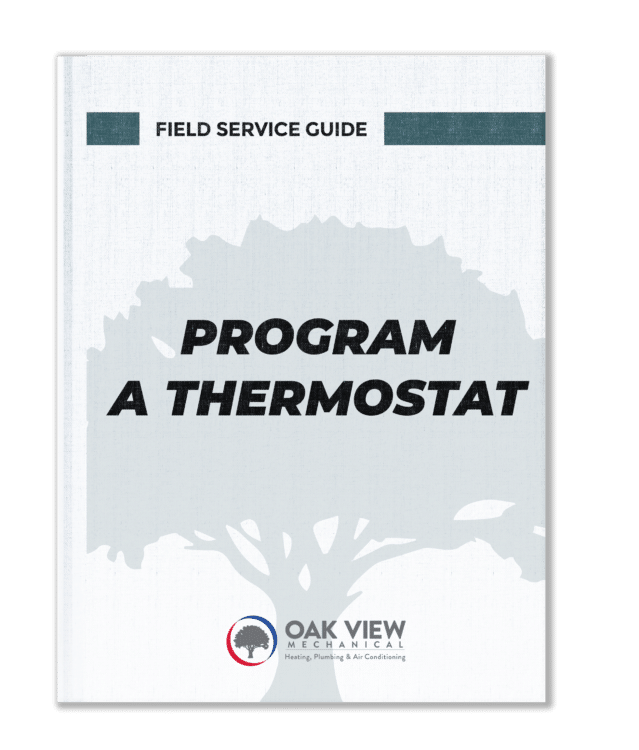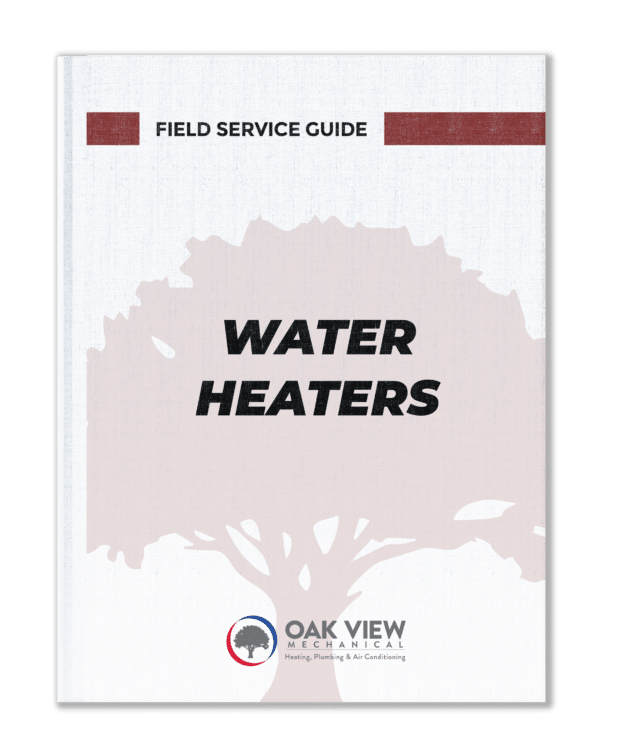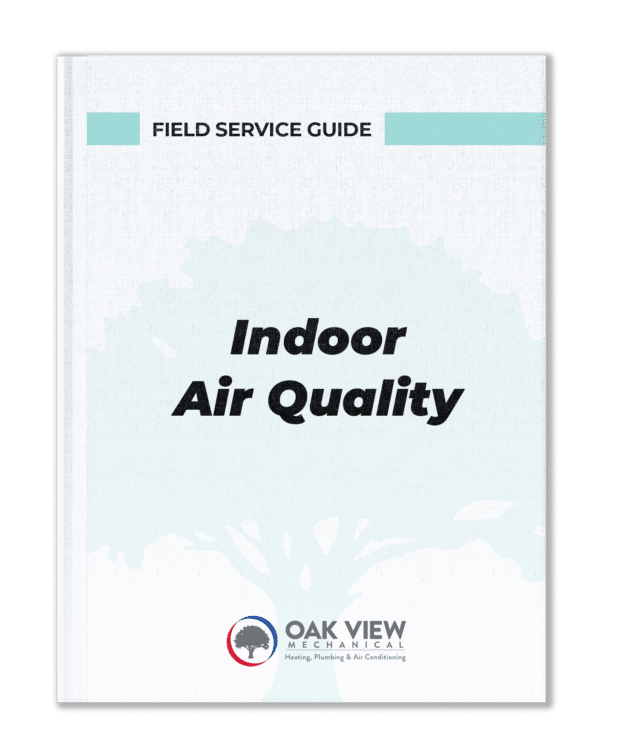
Air Pollution Impacts Everyone
Although you may not be able to see, smell or touch it, air pollution impacts the health of everyone.
Death from asthma in children below 11 years of age has been increasing over 7% each year. 1/3 of our national health care costs may be directly attributable to indoor air pollution.
94% of all respiratory problems are caused by polluted air.
“Mutant strains of the microbials (germs) that cause diseases have become resistant to the antibiotics used to kill them”
Centers for Disease Control & Prevention
“As a result of today’s energy efficient, tight or closed building construction, the air in our homes and work place is always 2-5 times more polluted than the worst exterior air.”
Environmental Protection Agency
“An exposure to (debris to dust) mites in the first, crucial year of life can trigger a lifelong allergy. There is no cure, only prevention”
Ohio State University Extension
"Only 10% of homes in the USA have an efficient air cleaning system.”
ASHRAE
Allergy Analysis
The Centers for Disease Control and Prevention present this analysis of the causes and aggravation of allergies:
- 31% (VOCs) Volatile Organic Compounds (Odors and Gases)
- 35% (Particulate) Organic & Inorganic…. Dust Mite Dander, Smoke, Pollen & Dust
- 34% (Bioaerosols) Germs…. Bacteria, Viruses & Fungi
Our lungs act as filters to prevent contaminants larger than 4 microns from entering the blood stream. 98% of indoor air pollution is smaller than 1 micron.
Improving Indoor Air Quality
There are three basic strategies to improve indoor air quality:
- Source Control
- Improved Ventilation
- Air Cleaners
Usually the most effective way to improve indoor air quality is to eliminate individual sources of pollution or to reduce their emissions
Another approach to lowering the concentrations of indoor air pollutants in your home is to increase the amount of outdoor air coming indoors.
Opening windows and doors; operating bathroom and kitchen fans that exhaust outdoors, will help to dilute or remove contaminants from the indoor air.
It is particularly important to take as many of these steps as possible while you are involved in short-term activities that can generate high levels of pollutants – for example, painting, paint stripping, heating with kerosene heaters, cooking or engaging in maintenance and hobby activities such as welding, soldering or sanding. You might also choose to do some of these activities outdoors.
Most residential forced air-heating systems and air-conditioning systems do not bring outdoor air into the house mechanically, and infiltration and natural ventilation are relied upon to bring outdoor air into the home.
Advanced designs of new homes are starting to feature mechanical systems that bring outdoor air into the home. Some of these designs include energy-efficient heat recovery ventilators (also know as air-to-air heat exchangers).
Improve Your Air Quality
We can improve your indoor air quality with additional mechanical ventilation systems.
Air Cleaners
There are many types and sizes of air cleaners on the market, ranging from relatively inexpensive table-top models to sophisticated and expensive whole-house systems. Some air cleaners are highly effective at particle removal, while others, including most table-top models, are much less so. Air cleaners are generally not designed to remove gaseous pollutants (VOC’s).
The effectiveness of an air cleaner depends on how well it collects pollutants from indoor air (expressed as a percentage efficiency rate) and how much air it draws through the cleaning or filtering element (expressed in cubic fee per minute).
Over the past few years, there has been some publicity suggesting that houseplants have been shown to reduce levels of some chemicals in laboratory experiments. There is currently no evidence, however, that a reasonable number of houseplants remove significant quantities of pollutants in homes and offices. Damp soil, from over-watered houseplants may promote the growth of micro-organisms which can affect allergic individuals.
At present, EPA does not recommend using air cleaners to reduce levels of radon and its decay products.
According to the American Lung Association, poor indoor air quality may cause headaches, dry eyes, nausea, fatigue, and nasal congestion. While it’s impossible to completely remove indoor air pollution, an air purifier can be a great investment and improve overall health.
In addition, these devices help remove germs, reduce the risk of airborne diseases and reduce the impact of secondhand smoke. Most allergy sufferers see a huge improvement in their condition after purchasing an air cleaner.
Finally, these devices are excellent for maintaining fresh air and keeping odors at bay.
A central air cleaner, also known as a whole-house air cleaner, is installed directly into your home’s HVAC system. Every time your central heating system or air conditioner runs, the air is filtered before it is distributed throughout the home.
Central air cleaners can remove various degrees of allergens, particles and pollutants, (dust, smoke, pollen, pet hair and mold). They are quiet, convenient and low maintenance, but they can be pricey.
Types of Central Air Cleaners
There are two types of central air cleaners that filter the air by removing Particulate:
Mechanical Air Filters
Mechanical Air Filters range from the basic air filter that is already incorporated into your furnace, which is not very effective, to high-efficiency HEPA filters that capture some 99.97 percent of particles smaller than 0.3 microns.
The mid-range option is a pleated air filter, which is inserted into your furnace slot like a regular filter but removes a greater percentage of particles. In general, mechanical air filters are designed to remove particles such as dust, pollen, animal hair and some mold spores.
Electronic Air Filters
Electronic air cleaners, also called electrostatic air precipitators, use electronically-charged filters to capture particles. They are far more effective than standard or pleated mechanical air filters.
Some are designed to fit into your furnace slot, but the best performing models are separate systems. These filters need to be replaced periodically, like the basic air filter. However, some electronic air cleaners may produce Ozone, which can irritate the lungs.
We offer Whole House Polarized-Media Air Cleaners. They are an affordable solution to air cleaning, with minimal installation costs and easy economical maintenance. These devices come with a Lifetime Warranty on electronics.
There are two types of central air cleaners designed to clean the air by removing contaminants, germs and pollutants: ultraviolet germicidal irradiation (UVGI) cleaners, and Ozone generators.
- UVGI air cleaners remove biologicals such as viruses and bacteria using ultraviolet (UV) lights. Ultraviolet light is a scientifically correct solution and addresses the gas and germ phases of indoor air pollution. These are designed to be used with air filters, not instead of air filters.
- Ozone generators remove particles, gases and biologicals using UV lamps or electrical charges. They are highly effective cleaners; however, they do produce Ozone emissions. They should not be used if anyone in the home has allergies, asthma or other lung problems, and the EPA warns against them.
What We Offer
To effectively correct and address the gas and germ phase of indoor air pollution, we offer:
Multi-Voltage UV Germicidal Air Purifiers
All the UV Germicidal Air Purifiers come with a Lifetime Warranty on electronics. The UV lamps have a 2-year long-life.
Multi-Voltage UV Germicidal Air Purifiers with Odor Control.
These are the same Air Purifiers with an Oxidizing Unit included. All the UV Germicidal Air Purifiers come with a Lifetime Warranty on electronics. The UV lamps have a 2-year long-life.
Need Further Assistance?
Need a little more guidance from a professional? Our experienced technicians are ready to help.
